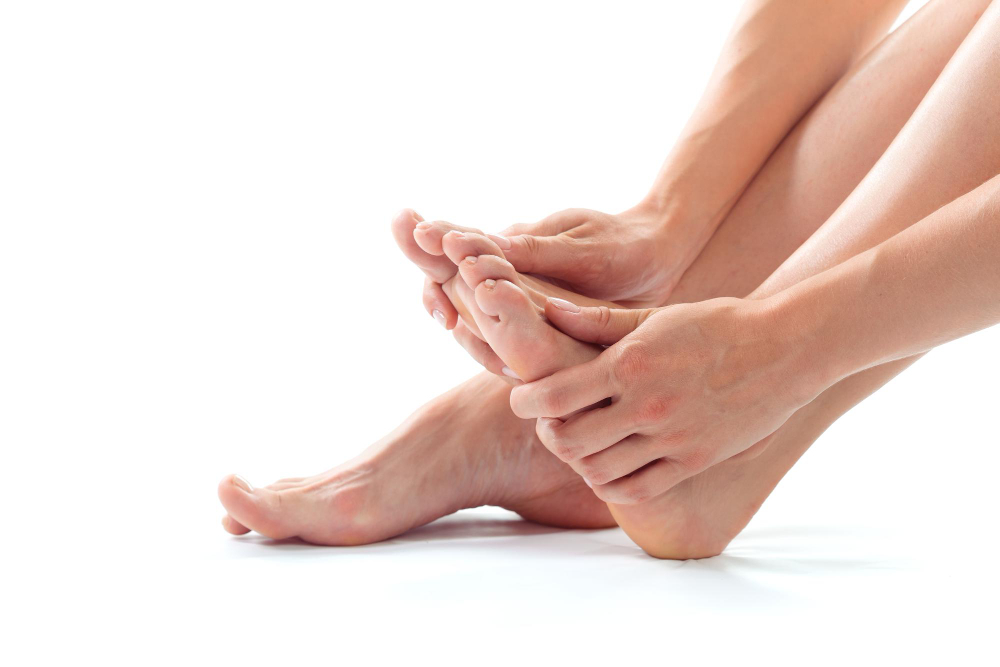Understanding Risk Factors for Hammer Toe

What is Hammer Toe?
Hammer toe is a common foot deformity where one or more of the smaller toes bend abnormally at the middle joint, resembling a hammer. It primarily affects the second, third, or fourth toes and can lead to discomfort or pain, especially when wearing shoes. Identifying and understanding the risk factors can help in preventing and managing this condition effectively.
Common Symptoms
- Pain or discomfort in the affected toe(s)
- Corns or calluses on the top of the toe joint or on the tip of the toe
- Inflammation, redness, or a burning sensation
- Difficulty moving the affected toe joint
Risk Factors for Hammer Toe
Understanding the risk factors associated with hammer toe can help you take preventive measures and seek timely medical advice. Here are some key factors that could increase your risk:
1. Improper Footwear
Wearing shoes that are too tight, too narrow, or have high heels can force your toes into a bent position. Over time, this can lead to the development of hammer toe. Opting for comfortable, well-fitted shoes with adequate toe room can significantly reduce this risk.
2. Genetics
If your family has a history of foot problems, including hammer toe, you may be genetically predisposed to developing the condition. Keeping an eye on early symptoms can help in taking proactive measures.
3. Toe Injuries
Previous trauma or injuries to the toe can lead to the development of hammer toe. Fractures, stubbing your toe, or even repetitive strain from activities like sports can contribute to this risk.
4. Arthritis
Conditions like rheumatoid arthritis and osteoarthritis can weaken the muscles and tendons in your feet, making you more susceptible to deformities like hammer toe.
5. Muscle Imbalances
Imbalances in the muscles of the foot can cause some muscles to overpower others, leading to the bending of the toe joint. This can be due to neurological conditions like stroke or simply weak foot muscles.
6. Age and Gender
Hammer toe is more common in older adults and tends to affect women more than men. This may be due to the frequent use of high heels and narrow-toed shoes by women.
Prevention and Management
Taking preventive measures can go a long way in managing and reducing the risk of hammer toe. Here are some tips:
1. Choose the Right Footwear
Invest in shoes that offer ample toe room, have a low heel, and provide good arch support. Avoid shoes that are too tight or narrow.
2. Orthotic Devices
Using orthotic inserts can help in aligning the toes properly and providing additional support to the feet.
3. Foot Exercises
Regular foot exercises can strengthen the muscles and improve flexibility. Simple exercises like picking up small objects with your toes or stretching your toes can be very effective.
4. Consult an Orthopedic Surgeon
If you notice any early symptoms of hammer toe, it's advisable to consult an orthopedic surgeon for a proper diagnosis and treatment plan. Early intervention can prevent the condition from worsening.
When to See an Orthopedic Surgeon
If you're experiencing persistent pain or discomfort, difficulty moving your toes, or if conservative treatments are not providing relief, it's time to seek professional advice.
Treatment Options
1. Non-Surgical Treatments
- Padding and Taping: Protects the toe and relieves pain.
- Medications: Anti-inflammatory medications can reduce pain and swelling.
- Orthotic Devices: Customized inserts can help correct muscle imbalances.
2. Surgical Treatments
In severe cases, surgical intervention may be necessary. Procedures can range from tendon release to joint fusion, depending on the severity of the condition.
Conclusion
Understanding the risk factors for hammer toe is crucial for prevention and early treatment. If you're looking for an orthopedic surgeon in Orange City, FL, contact Central Florida Bone & Joint Institute today for more information.